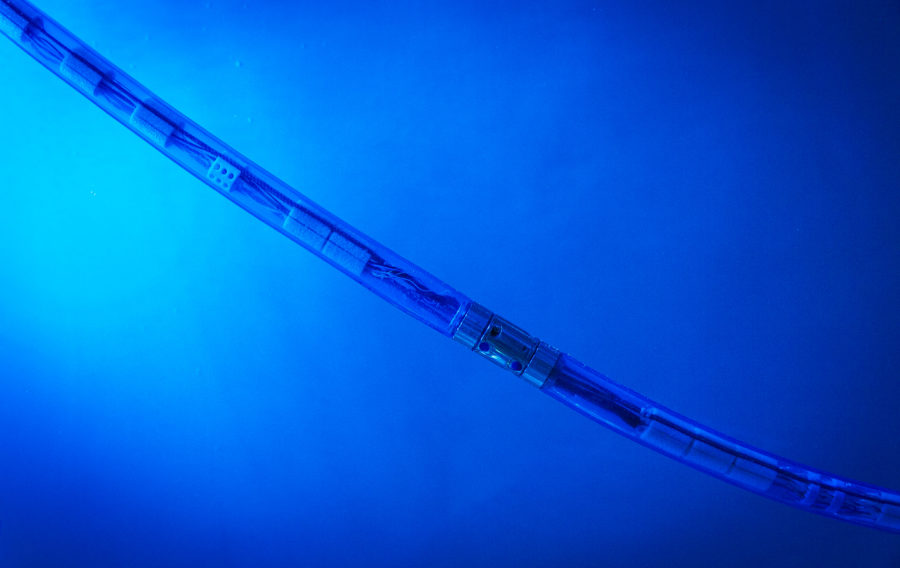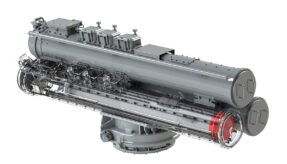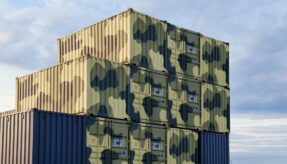
Peter Hodgkinson, Business Development Director at SEA, explores the company’s development of the anti-submarine warfare capability centred on the Krait Array low profile towed array sonar, and how findings from its most recent NATO trial will guide future R&D.
At a time when there is major global investment in submarines, anti-submarine warfare is becoming an increasingly important defence capability. In Europe alone, more than £120 billion is being spent on submarines – making submarines the largest proportion (37%) of all European procurement spending. To counter the investments been made across the globe, we are starting to see navies look to innovative anti-submarine warfare capabilities, such as the Krait Array, to detect potential threats.
The Krait system is a complete anti-submarine warfare solution, which is significantly smaller than a traditional towed array. This means the capability offers a 90% volume reduction, power savings and a more compact design. The development of Krait Array allows smaller surface vessels such as OPVs and patrol vessels access to an easily deployed solution which would historically only be possible on larger vessels.
NATO trial
To test the performance of the Krait Array following a series of enhancements, it was part of a NATO trial in 2019/20 with the Portuguese navy and UK Ministry of Defence to detect targets from an OPV and ASV. These tests clearly confirmed the capability to detect and track submarine targets, and provided valuable feedback to enable further enhancement of the system and prepare it for operational deployment.
These trials proved the array is robust, highly sensitive to the quietest submarines and delivers excellent bearing and localisation measurements.
R&D learnings
Key observations from the trial included the need to simplify operation to make it easier for the crew to install and use. For example, the solution is currently deployed and recovered from the water via a winch – to make this easier to use the process will be fully automated to enable rapid deployment and recovery and remote control by the sonar operator to enable optimisation of array position and depth.
The Krait system software will be made even more intuitive to help reduce the cognitive burden on crew and increase the probability of detection of threats. Full containerised and modular installations with simple interfaces will also prevent the need for complex integration.
The KraitArray is a continually evolving capability and has already seen several iterations, all focused on delivering increased performance. Outcomes of the recent NATO trial will guide R&D for the next deployment of the system, which will be fully digitalised. Using artificial intelligent to process the data that is returned from the array, the latest version of the capability will evaluate target behaviour and provide a more accurate bearing to locate the target.
The most exciting development will be the introduction multi static passive processing. This will enable two or more Krait Arrays to work together to increase the area covered by the system and the probability that a threat submarine will be detected. This has the effect of denying the entire operating area to potential threats making it safe for friendly forces to operate. This is the key enabling technology before the move to a fully active system.
The future of ASW
Anti-submarine warfare capability is vital for the current operating environment where there is a resurgence in submarine activity and a consequent need to understand what is operating beneath the waves.
Using innovative modular, miniaturized capabilities, large navies can multiply their force capability at minimum cost and smaller vessels and navies can access an anti-submarine warfare solution that previous would have been impractical and costly.
If you would like to join our community and read more articles like this then please click here







